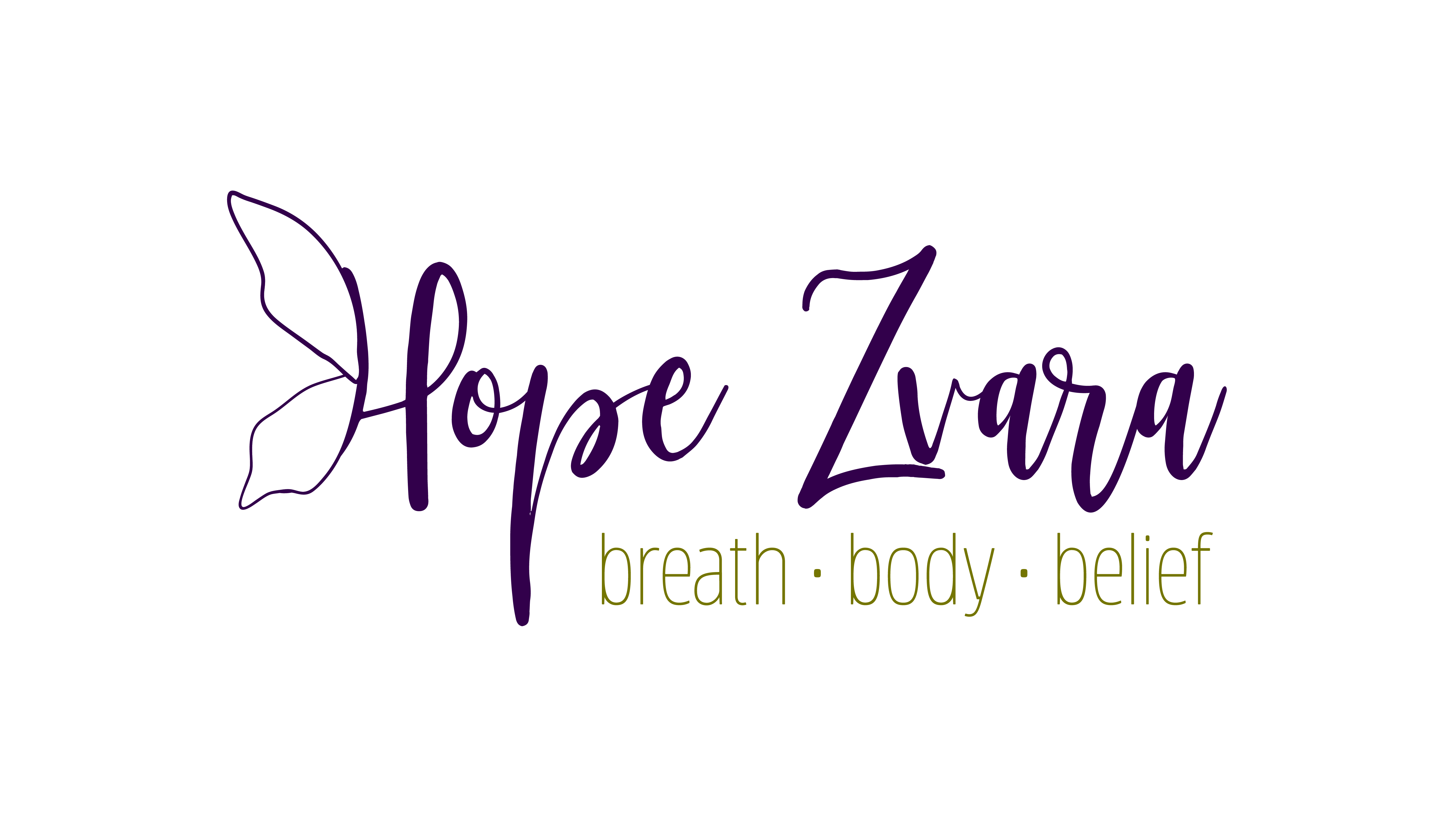Roll Your Back
80% of Americans have or have had back problems. Rolling your back top to bottom is an amazing way to decrease pain, aches, and discomfort. Try this:
Place the foam roller behind you on the floor and lean back onto the center of the roller. Lift your bottom off the floor and support your head in your hands. Using your legs, roll yourself along the foam roller in long strokes or sections along your back, being sure to work your entire back body.
Experiment with rounding or arching your back in places, or leaning only to one side and rolling. Also, try raising one arm straight out above your head at a time. If your balance is good, try extending both arms while you roll your upper back.
Spend a few minutes here and notice the improvement in your back’s comfort and your back stretching. You can also try this standing against the wall with the foam roller behind you.
Roll Your Legs and Hips
Many people complain of hip, sacrum and leg pain. Rolling is a very safe and effective way to decrease knee, hip, and even back pain. Try this:
Starting on your right outer leg and hip, place your left foot on the floor. Using your leg and arms, push and pull your right leg along the soft foam roller, being sure to work the entire area from upper hip to the outside of the knee.
After several times over, move to your quadriceps. Using your forearms, push-pull yourself across the foam roller from pelvis to knees. Play with internal and external rotation to hit all areas. Move onto the left hip and repeat the same process.
Finally, sitting onto the foam roller, with the help of your arms and hands, push-pull your hamstrings along the foam roller.
Siacitia Soother
Oh, that pain in my butt! Many of us have been there, and sometimes stretching can actually cause more discomfort. Working with a foam roller can soothe sore muscles and give you the relief you are looking for. Try this:
Sit onto the foam roller and lean onto your left glute. Cross your left ankle over your right knee and begin to roll on your glute tissue (your booty). Be playful with different angles and in rolling high or low on your glute.
If you find a sensitive area, feel free to just hold there for a few deep exhalations and then move on. After a few minutes, switch to the other side, repeating the process.
No More Neck Pain
A stiff neck, a tight jaw, and even shoulder pain can all be soothed with a few strikes of the foam roller. Try this:
Lying on the floor, place the foam roller behind your neck and rest your head on the foam roller. Kindly turn your head side to side, feeling the relieving pressure at the base of the skull and neck against the foam roller.
Second, moving only a few inches, rock your head and neck back and forth to work any other tightness out. Be sweet, as the neck for many is a sensitive area. But, this may be the relief you are looking for.
Foam Rolling does not replace stretching or other maintenance care, but it can assist in a more effective stretching routine or yoga experience, not to mention improved athletic performance. Mayo fascia release can also improve your massage therapy sessions, as the therapist does not have to work so hard at the surface of your tissue. It also can help your adjustments hold longer.
I may be a yoga teacher, but it is my goal to teach my students how to take better care of their bodies — because you only get one, and replacement parts are never as good as the originals.
Want more from your foam roller?
Join me and “Roll This!” Click here to access the most detailed workbook you will ever own with step-by-step details to every move you’ll want to know when it comes to the foam roller and Dr. Cohen’s acuBall.
This post was originally published in the July 2014 Edition of Nature’s Pathways.

